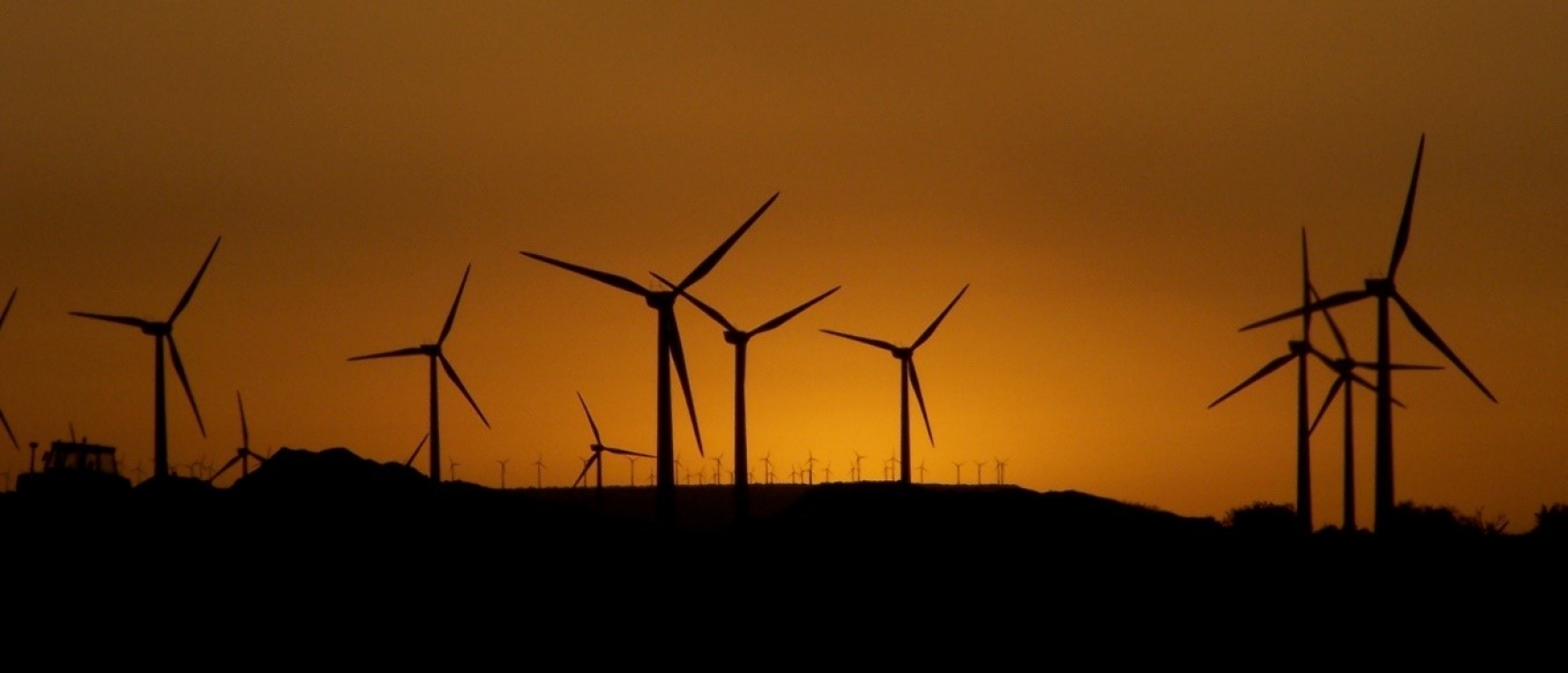Tuesday 15 September was an exciting day for followers of the Capacity Market as the first notice was issued since November 2016. At 1:04 pm, National Grid published a warning that the operating margin of the grid was expected to fall below the required level at 5:30 pm the same day, with all of us hanging on the edge of our seats… The notice was subsequently cancelled an hour later, following market response to fill the 500 MW hole! Therefore, we saw extraordinary system prices with both N2Ex and imbalance prices seeing spikes (imbalance reaching >£500/MWh for two consecutive half hour periods).
So, what caused this?
Simply put, it was not windy enough. This continues the theme we have seen over the summer, where the contribution by wind generation has the potential to upset the balance of grid supply and demand. So much so that the Optional Downward Flexibility Management scheme had to be hastily put together to turn off generators (and turn up load) earlier in the year, and this Capacity Market event is the result in the opposite direction.
It was not just here in the UK that was affected by the lack of wind. High prices were seen in other European trading systems, with Belgium system prices of over £1,000/MWh and Germany seeing £3,655 for one quarter hour period.
The immediate reaction to this event is renewed calls for battery storage to help buffer these effects. Although clearly distributed generation such as peaking plant and CHP that can be manipulated to match demand is essential for the time being, and arguably will remain so even if battery storage capacity increases.


